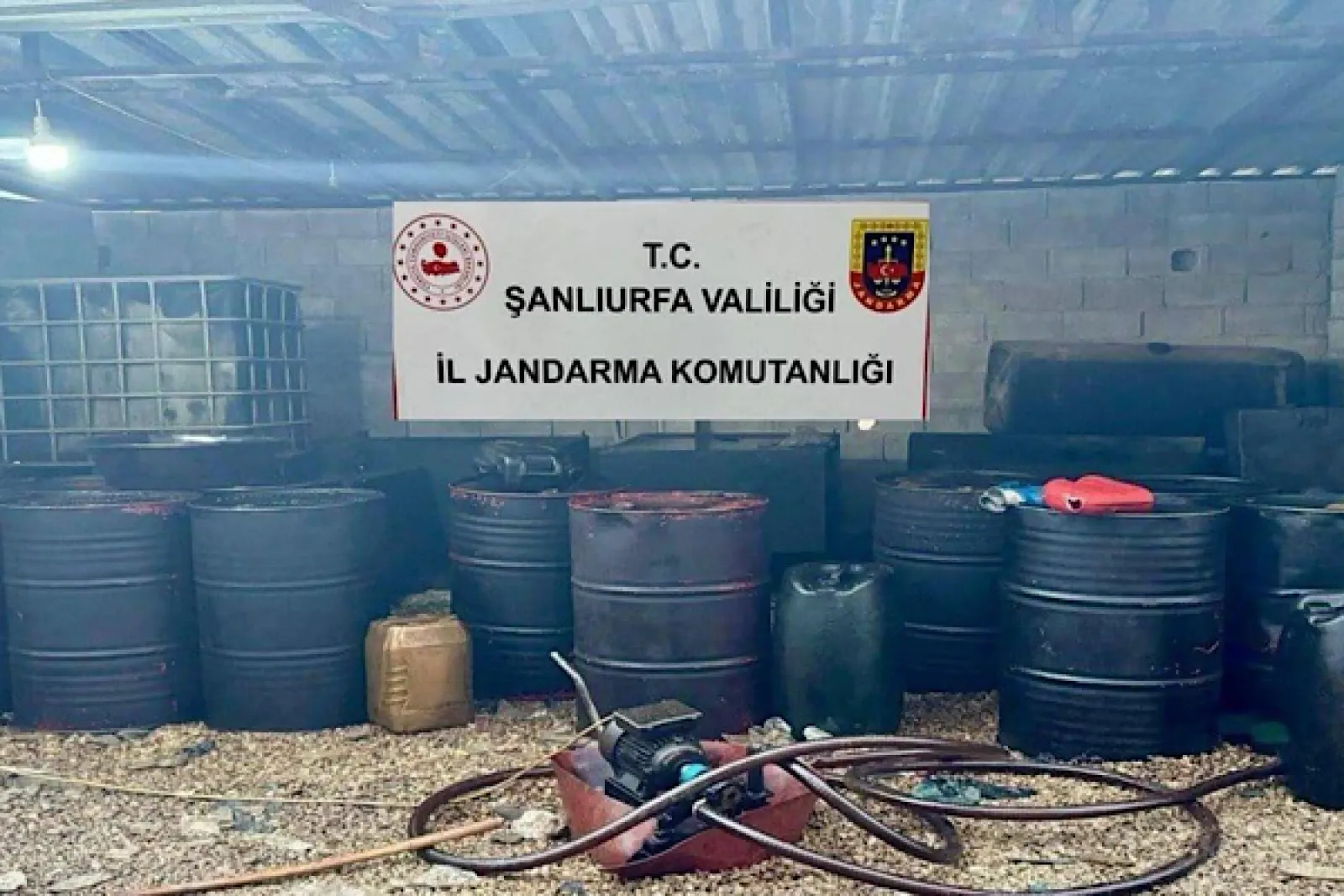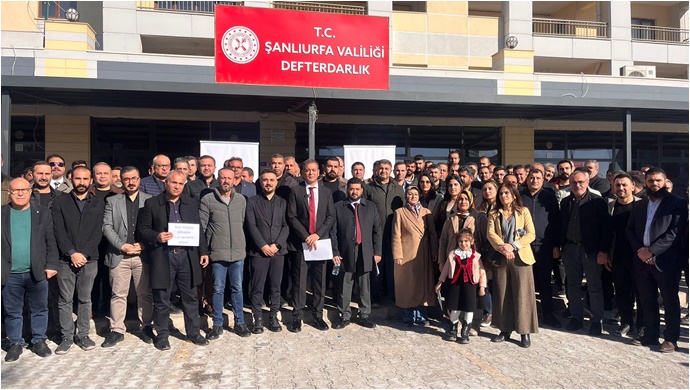In the CBRT February Market Participants Survey, the current year-end inflation expectation was 34.06%. When we look at the short-term inflation expectations; February inflation is expected to be 4.22%, March inflation to 2.81% and April inflation to 2.62%. If inflation increases in line with the expectations in these months, annual inflation in February, March and April will be 53.57%, 56.21% and 57.65%, respectively.
Our inflation expectation is at 39.9% for the end of the year, higher than the general expectation of the market and the assumptions of the Central Bank. Considering that there are nurturing factors other than the exchange rate in the high inflation process, it seems that we will experience this effect for a certain period of time. In addition, if there is an expectation of depreciation in TRY due to the Fed's rate hikes, the exchange rate effect may push inflation up again. There are many cost factors that affect inflation. We monitor many risk factors such as commodity prices, demand conditions, wages, administered prices, inflationary dynamics created by agricultural production in food. We expect the rise in inflation to continue until the summer months of the year, and then, after remaining high for a while, to decrease slightly in the last month of the year due to a significant base effect. At the beginning of 2023, the base effect from January, February and March of this year will help bring down the annual inflation rates.
According to the average inflation forecasts for the next 12 and 24 months, inflation is expected to be 24.83% and 15.42%, respectively. Thus, the average of inflation expectations for the next 12 and 24 months became 20.1%.
Interest rate expectations in the Repo and Reverse Repo Market were 14.19% for the end of the month. The market predicts the one-week repo rate, which is the policy rate of the Central Bank, as 14, 14, 15,19 and 14,38% in the current month and 3, 12, and 24 month future expectations, respectively.
We do not expect any interest rate action at the MPC meeting next week. In the new economy perspective, we observe that the Central Bank focuses on economic management targets rather than inflation prioritization. At this point, fiscal policy has been assigned a greater role in reducing inflation to the level of developed countries in the medium term without using monetary policy. Here, too, there is confidence in economic transformation. In this process, we see that the currency-protected deposit account will be at the center of reducing the economic shocks caused by exchange rates. The stability provided after December is currently positive. Therefore, we can talk about a time-saving effect. However, as inflation rises or slows its decline, it will be harder to maintain this practice. There is a possibility that negative real interest rates will stimulate foreign exchange demand, low interest rates will warm up inflation over general demand, and this will have an impact on exchange rate movements and price expectations. Market participants' future policy rate expectations seem a bit of a dilemma. Because the policy rate expectations for the next 12 months are still higher than the current ones. However, the market was expecting a policy rate of 16.33% after 12 months in the January survey. The growth targets of the economy management and their guidance that they would not increase interest rates in this context were effective in this. Factors such as the macro fluctuation risks arising from the low interest rate we have mentioned may force the Central Bank over the market, and in this context, the implementations such as FX-linked deposit will not be long-term and may bring the foreign exchange demand back after they are removed, which causes the future policy interest to be predicted higher than it is now.
There is no change in growth expectations. The GDP expectation remained at 3.7%. The forecast for 2023 was 4.2% growth in the February survey period. We will discuss factors such as the developments in the exchange rate in 2022, the economic slowdown caused by the global supply shortage, and the problems that the Omicron variant may create, especially for our export partners. We expect the continuation of practices such as facilitating credit conditions in the implementation of growth-oriented policies, plus a broad fiscal policy ground. We expect the growth to normalize towards the 4% band this year and to be 4% in 2023.
Exchange rate expectations were 16.04 for the end of 2022. We see that the exchange rate expectations for the next 12 months are 16.62.
Kaynak: Tera Yatırım
Hibya Haber Ajansı






